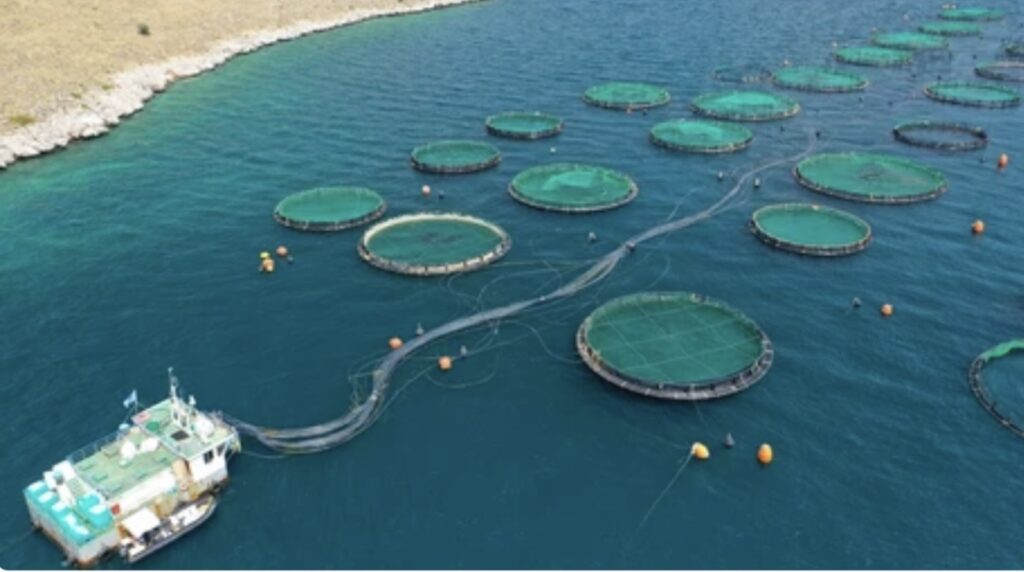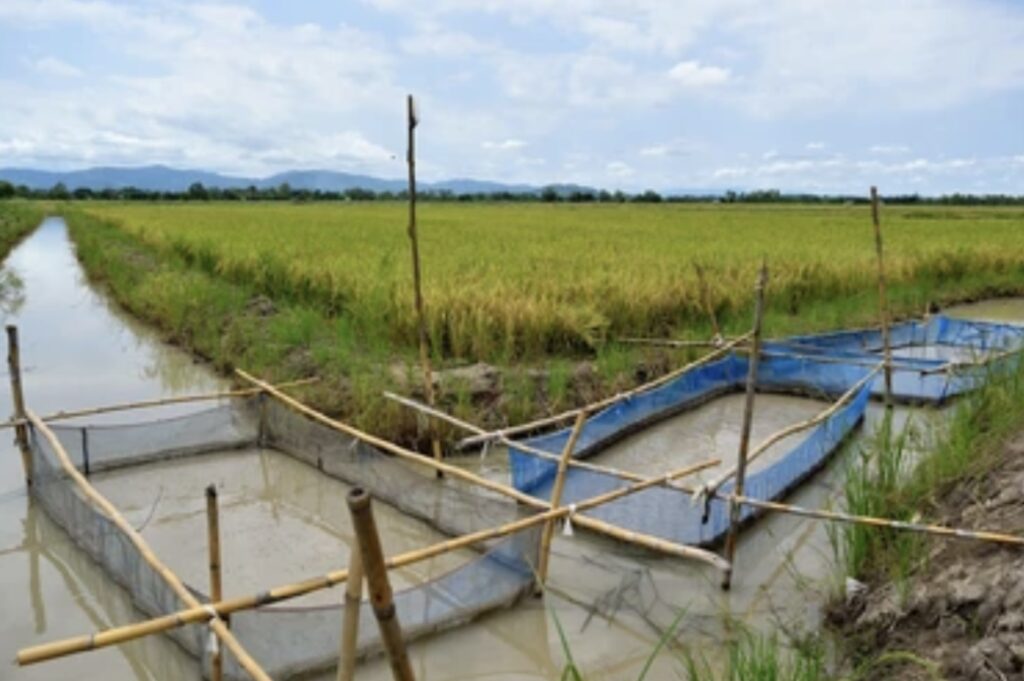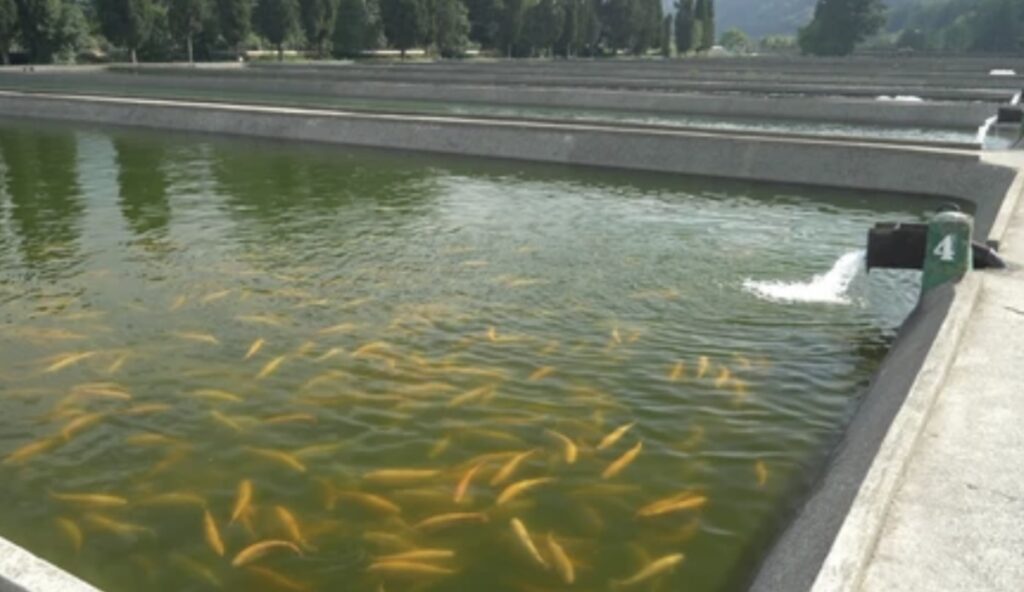Introduction
Fish culture, commonly known as fish farming or aquaculture, is a practice as old as human civilization itself. Today, it stands at the forefront of efforts to meet the world’s growing demand for seafood while conserving our natural fisheries. In this comprehensive exploration, we dive into the fascinating world of fish culture, unveiling its history, practices, sustainability challenges, and its crucial role in securing a sustainable food future.
The History of Fish Culture
The roots of fish culture trace back thousands of years, with early civilizations such as the ancient Egyptians and Chinese practicing various forms of aquaculture. These ancient techniques primarily involved the rearing of common carp and Nile tilapia in managed ponds. In many ways, the principles of these early practices continue to shape modern fish culture.
The Evolution of Fish Farming

As populations expanded and the demand for seafood surged, so did the need for more advanced fish culture techniques. The 20th century witnessed significant innovations, including the development of commercial fish feeds, advancements in breeding, and the establishment of modern hatcheries.
Today, fish farming encompasses a wide variety of species and systems. It extends from traditional pond culture to high-tech recirculating aquaculture systems (RAS), offshore sea cages, and land-based closed-containment systems. Each approach is tailored to meet the specific needs of different fish species and the environmental conditions of their culture.
The Role of Fish Culture in Meeting Global Seafood Demand
As the global population surges toward 9 billion, the need for sustainable sources of protein is more critical than ever. Fish culture plays a pivotal role in addressing this challenge by providing a consistent and reliable source of seafood. In fact, aquaculture already accounts for over half of the world’s seafood production.
Fish culture provides a sustainable and efficient means of producing high-quality protein. By farming fish, we can reduce the pressure on wild fish stocks and combat overfishing. When managed responsibly, it has the potential to alleviate food security issues in regions where access to traditional protein sources is limited.
Environmental Sustainability and Responsible Practices

The growth of fish culture brings environmental responsibilities. Challenges such as water pollution, habitat degradation, and disease transmission have arisen with the intensification of aquaculture. However, many farmers and organizations are dedicated to responsible and sustainable practices.
For instance, integrated multitrophic aquaculture (IMTA) systems mimic natural ecosystems by combining the cultivation of multiple species, including fish, seaweed, and filter-feeding organisms. These systems reduce waste and utilize resources efficiently while minimizing the negative impacts of aquaculture.
Moreover, certification programs like the Aquaculture Stewardship Council (ASC) and Best Aquaculture Practices (BAP) set stringent standards for responsible aquaculture. They promote transparency and ensure that farmed seafood adheres to strict environmental, social, and food safety criteria.
Species Diversity in Fish Culture
Fish culture isn’t limited to a single species. Farms around the world cultivate a diverse range of fish, shrimp, mollusks, and crustaceans. Salmon, tilapia, catfish, trout, and shrimp are some of the most commonly farmed species. Each species demands distinct conditions and management practices.
Challenges in Disease Management
Disease outbreaks pose one of the most significant challenges in fish culture. Crowded conditions in aquaculture facilities can promote the spread of pathogens. To counter this, farmers utilize a variety of strategies, including vaccinations, proper water quality management, and disease-resistant breeding.
Sustainable Feeding Practices
The aquaculture industry has made significant strides in sustainable feed production. The development of alternative protein sources, such as insect meal and algal-based feeds, reduces the reliance on wild-caught fish for feed. Additionally, advances in nutritional science help optimize feed formulations, increasing efficiency while minimizing environmental impact.
Future Innovations: Closed-Containment Systems
Closed-containment systems are heralded as a potential game-changer in fish culture. These systems use tanks or recirculating aquaculture systems that allow for greater control over water quality, disease management, and waste recycling. The practice reduces the risk of escapements, minimizes environmental impacts, and offers the potential for land-based farming in regions where open-water sites may not be feasible.
Challenges and Future Directions
While fish culture has made significant strides, it faces various challenges. Sustainability concerns, disease management, and regulations require ongoing attention. Additionally, the sector must strive to reduce its reliance on wild fish for feeds and improve energy efficiency.
The future of fish culture relies on innovation, research, and a commitment to sustainable practices. New technologies, such as automated feeding systems and real-time monitoring, are poised to transform the industry. Additionally, genetic selection programs continue to improve the disease resistance and growth rates of farmed species.
Conclusion
Fish culture is not just about farming fish; it’s about cultivating solutions to some of the world’s most pressing challenges, from food security to environmental sustainability. With responsible practices, continued innovation, and a dedication to preserving our natural fisheries, fish culture stands as a beacon of hope for the future of sustainable seafood production. As we sail forward, the future of aquaculture appears promising, offering a vital piece of the puzzle in our journey toward a more secure and resilient global food system.
Discover more from ZOOLOGYTALKS
Subscribe to get the latest posts sent to your email.


